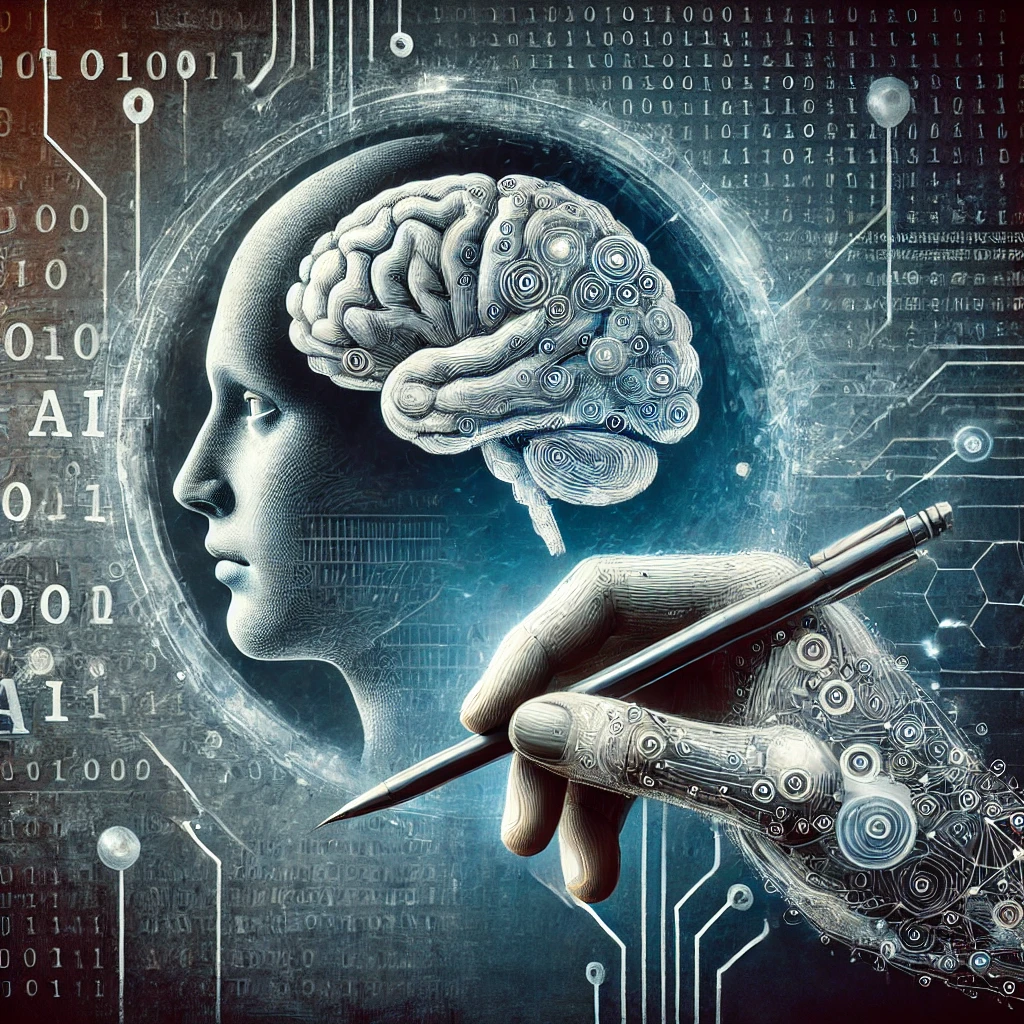The advent of AI writing tools has sparked significant discussion in the writing and content creation industries. With advancements in machine learning and natural language processing, AI has transformed from a simple tool for grammar checks to a sophisticated content generator. This evolution raises a critical question: Can AI writing tools and human writers coexist, or are we on the brink of an AI-dominated future in writing?
Understanding the Role of AI in Writing
AI writing tools like GPT-4, Jasper, and Writesonic have become increasingly popular due to their ability to generate content quickly and efficiently. These tools leverage vast amounts of data and advanced algorithms to produce everything from blog posts to marketing copy. A 2023 report by MarketsandMarkets predicted that the AI writing assistant market would grow from $447.7 million in 2021 to $3.6 billion by 2026, reflecting the increasing reliance on these tools in various industries.
One of the most significant advantages of AI is its ability to process and analyze large datasets, identifying trends and patterns that human writers might miss. For instance, AI can analyze user behavior to optimize content for SEO, ensuring that it reaches the right audience. According to a survey by HubSpot, companies that use AI for content marketing have seen a 40% increase in ROI compared to those that don’t.
However, the impact of AI on writing extends beyond just efficiency and optimization. AI tools are now capable of mimicking human writing styles to an impressive degree, making them valuable for tasks that require a consistent tone and structure. For example, OpenAI’s GPT-3 can generate text that is often indistinguishable from that written by humans, which has led to its adoption in industries ranging from journalism to advertising.
The Unique Value of Human Writers
Despite the growing capabilities of AI, there are certain aspects of writing that remain firmly in the human domain. Writing is not just about assembling words into coherent sentences; it’s about storytelling, conveying emotions, and connecting with readers on a personal level. These are areas where AI, for all its sophistication, still falls short.
A study conducted by the Pew Research Center in 2022 found that 70% of respondents believed that AI could not replicate the creativity and emotional depth that human writers bring to their work. This is because creativity often involves drawing on personal experiences, cultural understanding, and a nuanced grasp of language that goes beyond algorithms.
Moreover, writing often requires a deep understanding of context—both cultural and situational. Human writers can adapt their tone, style, and content to fit the specific needs of different audiences, something AI struggles with. For instance, while AI can generate a technically accurate article, it might miss the subtle humor, irony, or cultural references that resonate with readers.
Combining AI Tools with Human Creativity
Given the strengths and limitations of both AI and human writers, the most promising path forward is one of collaboration rather than competition. AI can handle the more mechanical aspects of writing—such as data analysis, content generation, and even initial drafts—while human writers focus on the creative, strategic, and emotionally resonant aspects of content creation.
This collaborative approach is already being adopted by forward-thinking companies. For example, The Washington Post has been using an AI tool called Heliograf since 2017 to automate the reporting of basic news stories, such as sports scores and election results. This has freed up human journalists to focus on more in-depth reporting and analysis, leading to a richer overall content offering.
Similarly, in the marketing world, AI tools are being used to optimize ad copy and personalize content for different audience segments. A survey by Adobe found that 62% of marketers believe that AI will significantly improve their ability to deliver personalized content. However, these tools are most effective when paired with human oversight, ensuring that the content aligns with brand values and resonates with the target audience.
Addressing Ethical and Practical Concerns
While the integration of AI into the writing process offers numerous benefits, it also raises important ethical questions. One major concern is the potential for AI-generated content to contribute to misinformation. Since AI tools rely on pre-existing data, they can inadvertently perpetuate biases or inaccuracies present in their training datasets.
Additionally, there is the issue of job displacement. As AI writing tools become more advanced, there is a legitimate concern that they could replace human writers in certain roles, particularly those that involve repetitive or formulaic content. A report by McKinsey Global Institute estimated that up to 800 million jobs could be lost globally by 2030 due to automation, with writing and content creation being among the affected sectors.
To address these challenges, it’s crucial to implement ethical guidelines for the use of AI in writing. This includes ensuring transparency in AI-generated content, crediting sources properly, and maintaining a commitment to originality and authenticity. Additionally, organizations should invest in upskilling their human writers, enabling them to take on more strategic and creative roles that complement AI capabilities.
What the Future Holds for Writing
As AI continues to evolve, it’s clear that the future of writing will involve a symbiotic relationship between human writers and AI tools. Rather than replacing human creativity, AI has the potential to enhance it, allowing writers to focus on what they do best: crafting compelling narratives, engaging with readers, and bringing ideas to life.
In conclusion, the question is not whether AI writing tools and human writers can coexist, but how they can collaborate to create better content. By leveraging the strengths of both, we can unlock new possibilities in writing and content creation—possibilities that are more efficient, innovative, and impactful than ever before.
